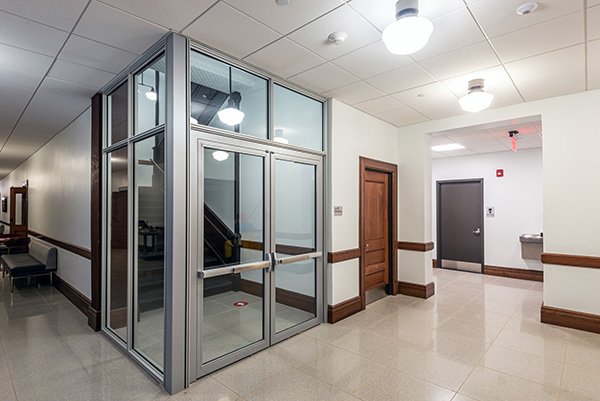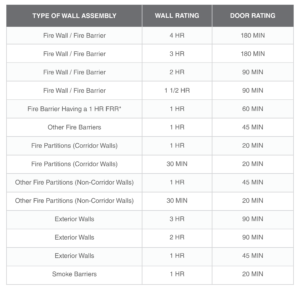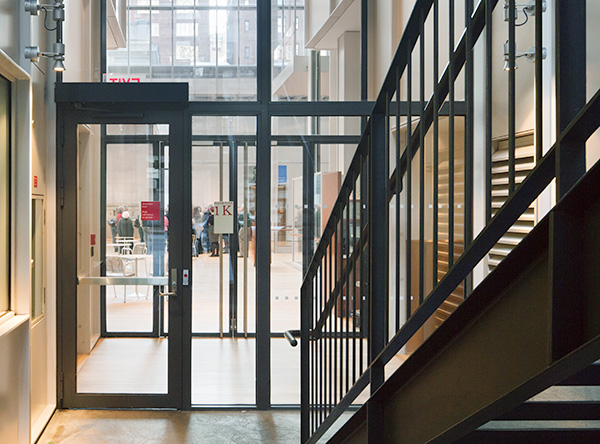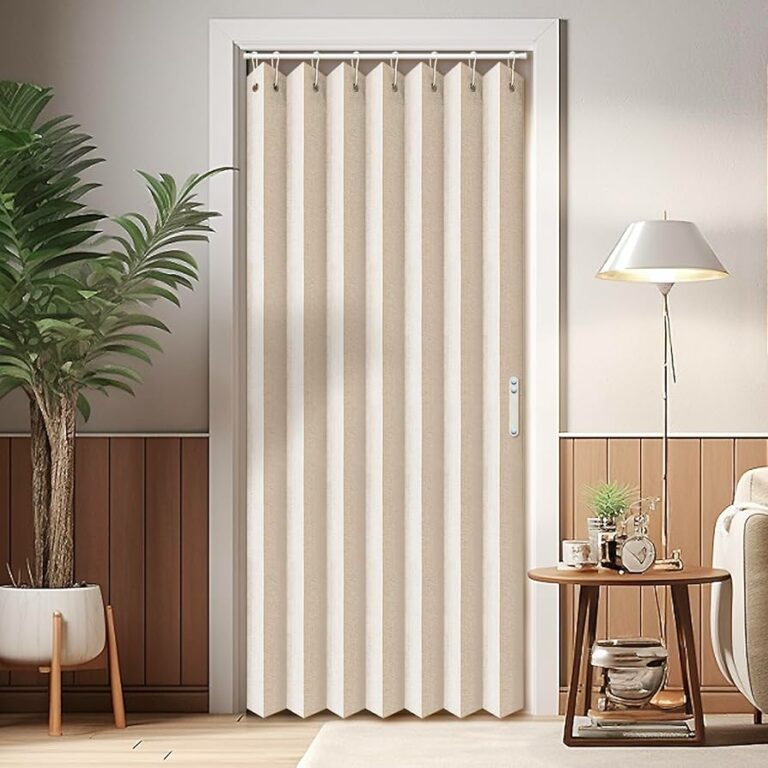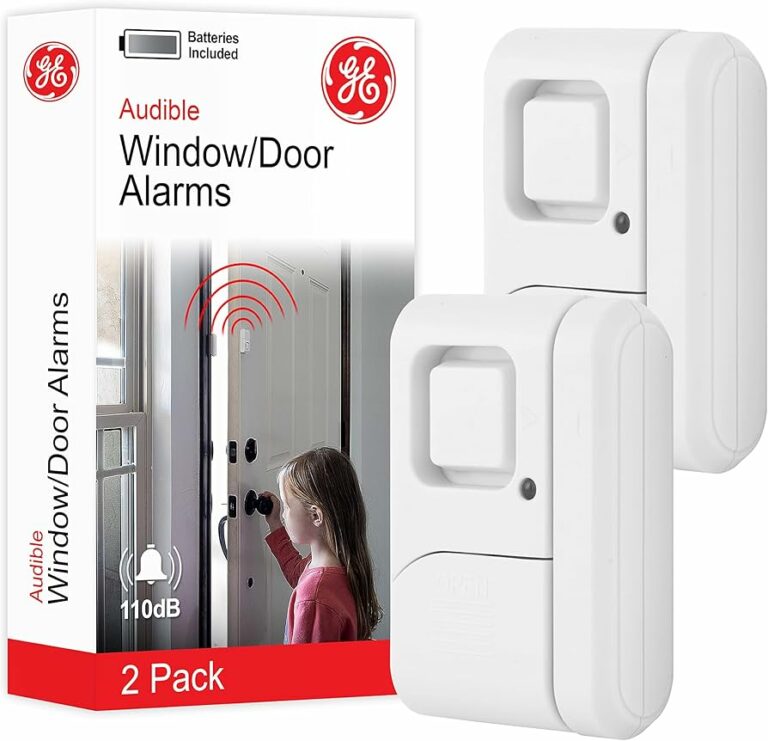Understanding Nfpa 101: Fire Rated Doors in Saudi Arabia Explained
Fire safety is crucial in any building. NFPA 101 is a vital code.
It sets standards for life safety in buildings. In Saudi Arabia, understanding NFPA 101 is essential for fire-rated doors. This code ensures that doors can contain fires and protect lives. Knowing the requirements helps in compliance and safety. Buildings need to meet these standards to prevent fire spread.
This guide will explain NFPA 101 and its impact on fire-rated doors in Saudi Arabia. By the end, you will know how this code affects building safety and door specifications. This knowledge is key for builders, architects, and property owners. Let’s dive into the essentials of NFPA 101 and its importance in fire safety.
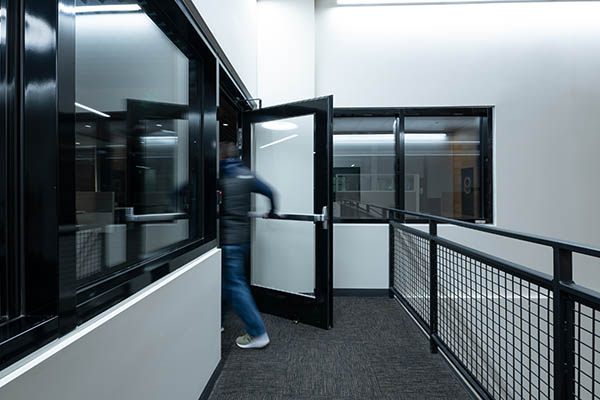
Credit: www.fireglass.com
Introduction To Nfpa 101
The NFPA 101, known as the Life Safety Code, sets standards for building safety. It is crucial for fire protection in buildings, including fire-rated doors in Saudi Arabia.
Understanding this code helps ensure the safety of building occupants and compliance with fire safety regulations.
Importance Of Nfpa 101
The NFPA 101 outlines safety measures to protect people during fires. It covers aspects like fire prevention, building design, and safety protocols.
For fire-rated doors, the code specifies the materials, installation methods, and maintenance requirements. These doors prevent the spread of fire and smoke, providing safe evacuation routes.
- Fire Prevention: Reduces the risk of fire outbreaks.
- Building Design: Ensures safe and accessible exits.
- Safety Protocols: Guides emergency response actions.
Historical Context
The NFPA 101 has evolved over the years. It was first introduced in 1927. The code has been updated regularly to incorporate new safety technologies and practices.
In Saudi Arabia, the adoption of NFPA 101 ensures alignment with international safety standards. This enhances the safety and security of buildings across the country.
| Year | Development |
|---|---|
| 1927 | First edition of NFPA 101 published |
| 1950s | Introduction of advanced safety measures |
| 2000s | Incorporation of modern safety technologies |
Adhering to NFPA 101 ensures that fire-rated doors perform effectively during emergencies. It is vital for protecting lives and property.
Fire Rated Doors Basics
Understanding fire rated doors is crucial for ensuring safety in buildings. These doors play a vital role in controlling the spread of fire and smoke. In Saudi Arabia, compliance with NFPA 101 is mandatory for fire safety. Knowing the basics of fire rated doors helps in making informed decisions about building safety.
Definition Of Fire Rated Doors
Fire rated doors are designed to withstand fire for a specified period. They help contain the fire and prevent it from spreading to other areas of the building. These doors are tested and certified to meet specific fire resistance ratings. This rating indicates the duration a door can withstand fire conditions.
Components Of Fire Rated Doors
Understanding the components of fire rated doors ensures proper selection and maintenance. Here are the key parts:
- Door Frame: The frame holds the door in place. It must be fire-resistant to match the door’s rating.
- Door Core: The core is the main part of the door. It can be made of wood, metal, or composite materials. It must resist fire and heat.
- Intumescent Strips: These strips expand when exposed to heat. They seal gaps between the door and frame to prevent smoke and fire from passing through.
- Fire-Rated Glass: Some doors have glass panels. This glass must also be fire-rated to match the door’s specifications.
- Hardware: Handles, locks, and hinges must be fire-rated. They should be able to function under fire conditions.
Proper installation and maintenance of these components are crucial. Regular inspections ensure that the doors perform effectively in the event of a fire.
Nfpa 101 Standards
The National Fire Protection Association (NFPA) 101, also known as the Life Safety Code, is a crucial standard for fire safety. It provides guidelines to ensure the safety of building occupants during a fire. Understanding NFPA 101 is essential for compliance and safety in Saudi Arabia.
Key Requirements
NFPA 101 outlines specific requirements for fire-rated doors. These doors must meet certain criteria to provide adequate protection. Here are the key requirements:
- Fire Resistance: Doors must resist fire for a specified period.
- Smoke Seals: Doors need to prevent the passage of smoke.
- Labeling: Doors should have labels showing their fire rating.
Fire-rated doors in Saudi Arabia must comply with these requirements to ensure safety and legal compliance.
Testing And Certification
Testing and certification are vital to ensure fire-rated doors meet NFPA 101 standards. Here’s how it works:
- Testing: Doors undergo rigorous fire tests in laboratories. They are exposed to high temperatures to assess their fire resistance.
- Certification: After passing tests, doors receive certification. This certification proves they meet NFPA 101 standards.
Certified doors provide a higher level of safety for building occupants.
Understanding these standards and requirements is crucial. It ensures the safety and compliance of fire-rated doors in Saudi Arabia.
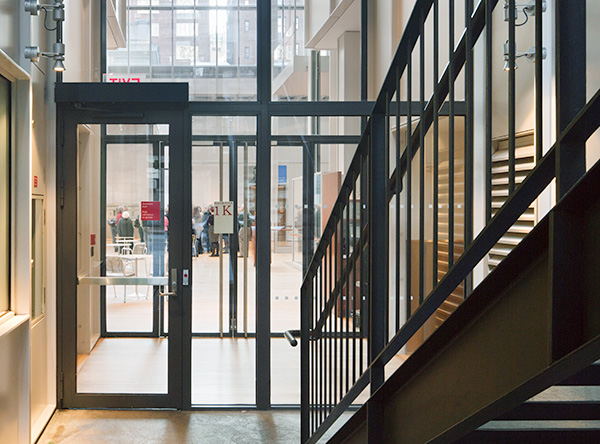
Credit: www.fireglass.com
Fire Safety In Saudi Arabia
Fire safety is a critical issue in Saudi Arabia. The country has seen rapid urbanization and industrial growth. This increases the risk of fire hazards. Ensuring fire safety is paramount to protect lives and property.
Current Fire Safety Regulations
Saudi Arabia follows stringent fire safety regulations. These regulations are designed to protect people and property. The Saudi Building Code (SBC) is the primary set of rules. It includes guidelines for fire protection, including the use of fire-rated doors.
| Regulation | Description |
|---|---|
| SBC 801 | Fire Protection Systems |
| SBC 802 | Fire Resistance-Rated Construction |
| SBC 803 | Fire Safety Equipment |
Role Of Fire Rated Doors
Fire rated doors are a vital part of fire safety. They prevent the spread of fire and smoke. This provides people more time to evacuate. NFPA 101 standards guide the installation and maintenance of these doors.
- Containment: Fire rated doors contain fire within a specific area.
- Protection: They protect escape routes.
- Regulation Compliance: Compliance with NFPA 101 ensures safety.
Proper installation and maintenance of fire rated doors are crucial. Regular inspections ensure these doors function correctly during emergencies.
Types Of Fire Rated Doors
Understanding the types of fire rated doors is crucial for safety. Different materials offer various levels of protection. Each type comes with unique features. In Saudi Arabia, adherence to NFPA 101 is essential. Let’s explore the types of fire rated doors available.
Wooden Fire Doors
Wooden fire doors are popular in many buildings. They provide a natural look. These doors are treated with fire-resistant materials. This treatment helps them withstand high temperatures. Wooden fire doors often have a core made of solid wood. This core enhances their fire-resistance capabilities. They can endure fire for up to 90 minutes. This duration ensures safe evacuation during emergencies.
Metal Fire Doors
Metal fire doors offer higher fire resistance. They are made of steel or other metals. These doors can resist fire for up to 3 hours. This makes them ideal for industrial settings. Metal fire doors are durable and robust. They require minimal maintenance. Their strength helps in preventing the spread of fire. These doors often come with insulation. This insulation further enhances their protective features.
Installation Guidelines
Understanding the installation guidelines for fire rated doors is crucial. These guidelines ensure the safety and compliance of buildings. In Saudi Arabia, NFPA 101 sets the standards. Proper installation of fire rated doors is vital. It ensures they function correctly during a fire emergency. This section will cover proper installation techniques and common mistakes to avoid.
Proper Installation Techniques
Proper installation of fire rated doors involves several steps. First, ensure the door frame is level and plumb. This prevents gaps that might allow smoke or fire to pass. Use the correct screws and hinges. They must match the fire rating of the door. Install the door according to the manufacturer’s instructions. Pay attention to the clearance between the door and the frame. It should not exceed the specified limits. Finally, check that the door closes and latches properly. This ensures it will function during a fire.
Common Mistakes To Avoid
There are common mistakes to avoid during installation. One is using incorrect hardware. Using non-rated screws or hinges can compromise the door’s integrity. Another mistake is improper alignment of the door frame. This can cause gaps that reduce the door’s effectiveness. Also, failing to follow the manufacturer’s instructions can lead to improper installation. Lastly, not testing the door after installation is a common oversight. Always test the door to ensure it closes and latches correctly.
Maintenance And Inspection
Understanding NFPA 101 standards is crucial for the maintenance and inspection of fire-rated doors in Saudi Arabia. Regular maintenance and thorough inspections ensure the doors function properly during a fire emergency. This section covers key practices and checklists to help you maintain and inspect these doors effectively.
Regular Maintenance Practices
Regular maintenance is essential to keep fire-rated doors in top condition. Follow these practices:
- Lubricate Hinges and Locks: Apply lubricant to hinges and locks to ensure smooth operation.
- Check Door Alignment: Ensure the door aligns properly with the frame. Misalignment can prevent proper closing.
- Inspect Seals and Gaskets: Check seals and gaskets for wear and tear. Replace if damaged.
- Test Closing Mechanism: Ensure the door closes automatically and fully. Adjust if necessary.
Inspection Checklists
Use the following checklist to inspect fire-rated doors:
| Inspection Task | Description |
|---|---|
| Visual Inspection | Look for visible damage, cracks, or warping. |
| Label Check | Ensure the fire rating label is intact and readable. |
| Hardware Inspection | Check hinges, locks, and handles for damage or wear. |
| Operational Test | Open and close the door to ensure smooth operation. |
| Gap Measurement | Measure gaps around the door to ensure they meet standards. |
Consistent maintenance and inspection of fire-rated doors are vital for safety. By following these practices and checklists, you can ensure the doors perform effectively in case of an emergency.
Case Studies In Saudi Arabia
Understanding NFPA 101 is vital for ensuring fire safety in buildings. In Saudi Arabia, many buildings have adopted these standards for fire-rated doors. Let’s explore some success stories and the lessons learned from them.
Successful Implementation
One notable example is the King Abdullah Financial District (KAFD). This area features numerous high-rise buildings. These buildings follow NFPA 101 to the letter. They installed fire-rated doors in all critical areas.
Another success story is the Riyadh Metro. The metro stations use fire-rated doors to protect passengers. These doors help in creating safe zones during emergencies. This implementation has set a benchmark for other public transport systems.
The King Abdulaziz International Airport in Jeddah also stands out. The airport used fire-rated doors to enhance safety. These doors are in terminals, lounges, and other key areas. This setup ensures that both staff and passengers remain safe during a fire incident.
Lessons Learned
From these implementations, several lessons have emerged. First, proper installation and maintenance of fire-rated doors are crucial. Regular checks ensure that the doors function correctly. This practice prevents failures during emergencies.
Second, staff training is essential. Employees must know how to use fire-rated doors. They should understand the importance of keeping these doors closed. Training sessions should be held regularly to refresh their knowledge.
Third, collaboration with certified professionals is key. Working with experts ensures that the right doors are chosen. They also help in proper installation and maintenance. This collaboration leads to a higher level of safety compliance.
Lastly, it is important to stay updated with latest standards. Fire safety regulations evolve over time. Regular updates ensure that the buildings remain compliant with the latest safety norms.
Future Trends
Understanding NFPA 101 is crucial for improving fire safety in Saudi Arabia. The future of fire rated doors lies in evolving technologies and safety standards. Let’s explore these future trends.
Innovations In Fire Rated Doors
Fire rated doors are becoming more advanced. Innovations are driving this change. Modern doors are crafted from high-tech materials. These materials offer better fire resistance and durability.
Advanced sensors are another key innovation. These sensors detect smoke and heat. They ensure doors close automatically during a fire. This helps contain the fire and protect lives.
Smart doors are also gaining popularity. They connect to building security systems. This allows for real-time monitoring and control. Facility managers can respond quickly to emergencies.
Here are some innovations in fire rated doors:
- High-tech materials: Improved fire resistance and durability.
- Advanced sensors: Automatic door closure during fires.
- Smart doors: Integration with building security systems.
Evolving Safety Standards
Safety standards for fire rated doors are evolving. New regulations are being introduced. These regulations aim to enhance fire safety in buildings.
The NFPA 101 code is constantly updated. It reflects the latest in fire safety research. Compliance with this code is essential. It ensures that buildings are safe for occupants.
Saudi Arabia is adopting these new standards. This ensures higher safety levels in public and private buildings. Building owners must stay informed about these changes.
Key elements of evolving safety standards include:
- Regular updates: Reflects latest fire safety research.
- Stricter regulations: Higher safety levels in buildings.
- Mandatory compliance: Ensures occupant safety.
Understanding these trends helps in improving fire safety. It ensures that fire rated doors are effective and up-to-date.
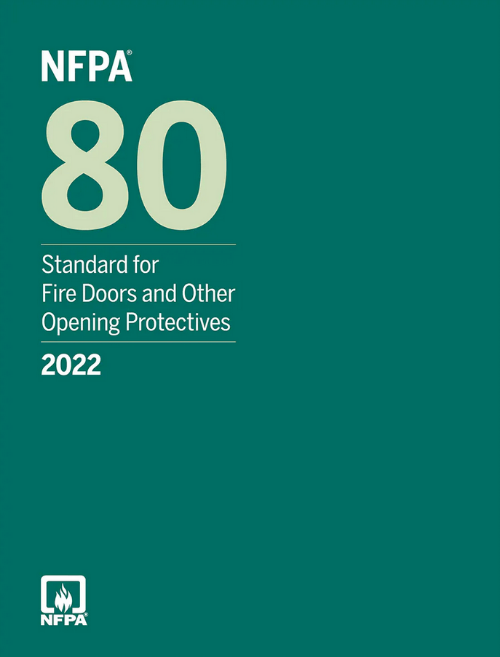
Credit: www.amnautical.com
Frequently Asked Questions
What Is Nfpa 101?
NFPA 101 is a life safety code. It sets standards for building safety. It includes guidelines for fire rated doors and other fire safety measures.
Why Are Fire Rated Doors Important?
Fire rated doors help prevent the spread of fire. They provide crucial time for evacuation. They also protect property and reduce damage.
How Does Nfpa 101 Affect Saudi Arabia?
NFPA 101 ensures building safety in Saudi Arabia. It mandates fire rated doors. This helps protect lives and property in case of fire.
What Are The Key Features Of Nfpa 101?
Key features include building design standards. It also includes fire safety measures. Fire rated doors are a critical component.
Conclusion
Understanding NFPA 101 is crucial for fire safety in Saudi Arabia. Fire rated doors play a vital role in protecting lives. Compliance ensures safer buildings and peace of mind. Proper installation and maintenance are key. Always consult experts for the best practices.
Stay informed and prioritize safety. This knowledge can save lives and property. Remember, safety first in every building project.

